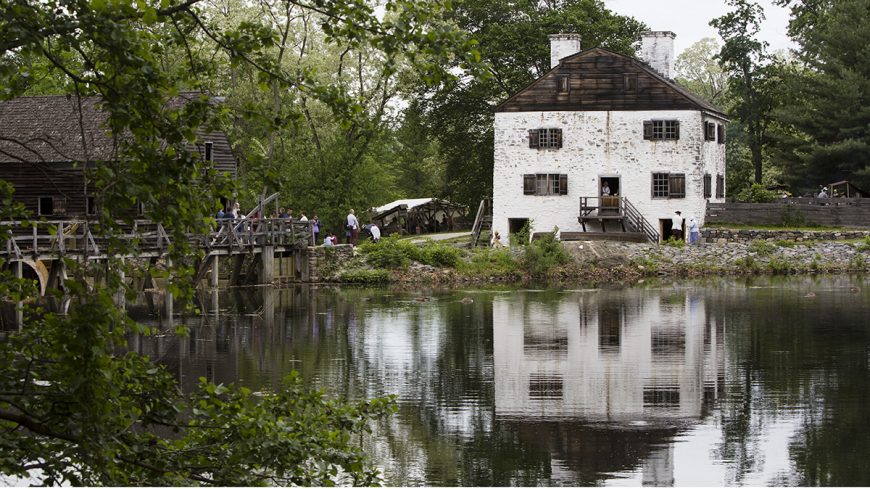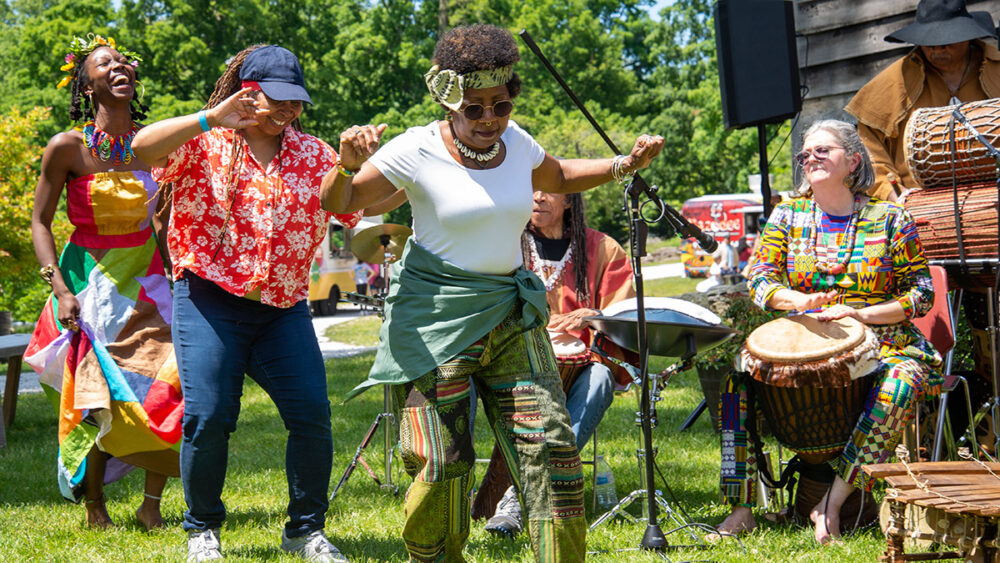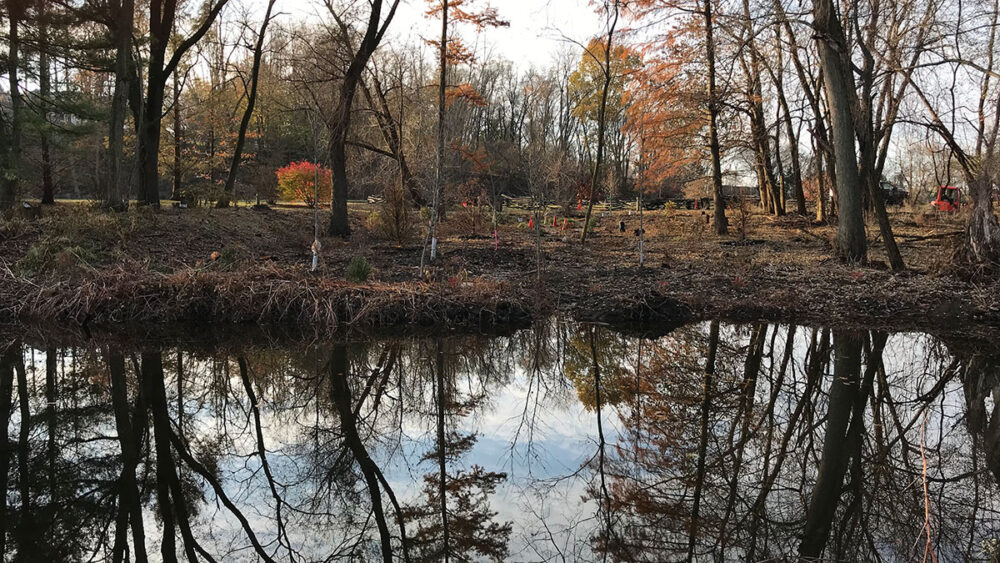Philipsburg Manor: A ‘Heritage Site of Slavery’

At Philipsburg Manor, the story of slavery in the colonial north is given not only a full interpretive treatment, but a face: 23 of them, to be exact. Visitors learn about the lives of Caesar, Susan, Dimond, Betty, and the other enslaved Africans who lived at the Upper Mills in 1750. All were listed on an inventory of Adolph Philipse’s property drawn up after his death that year.
Visitors to Philipsburg Manor learn how this group of enslaved Africans came to be there, the important role they played in a commerce network that stretched around the world, and the human tragedy that unfolded as the estate was sold and divided up. It is a compelling story made even more powerful because it is told in the very spot where the events played out.
In an excellent blog post, history professor Ana Lucia Araujo of Howard University examines the troubling absence of public awareness about slavery in the northern states. She talks about Philipsburg Manor’s critical role as “an important heritage site of slavery” and its importance to scholars and others “studying history, heritage, and the memory of slavery.” Click here to read the post.














